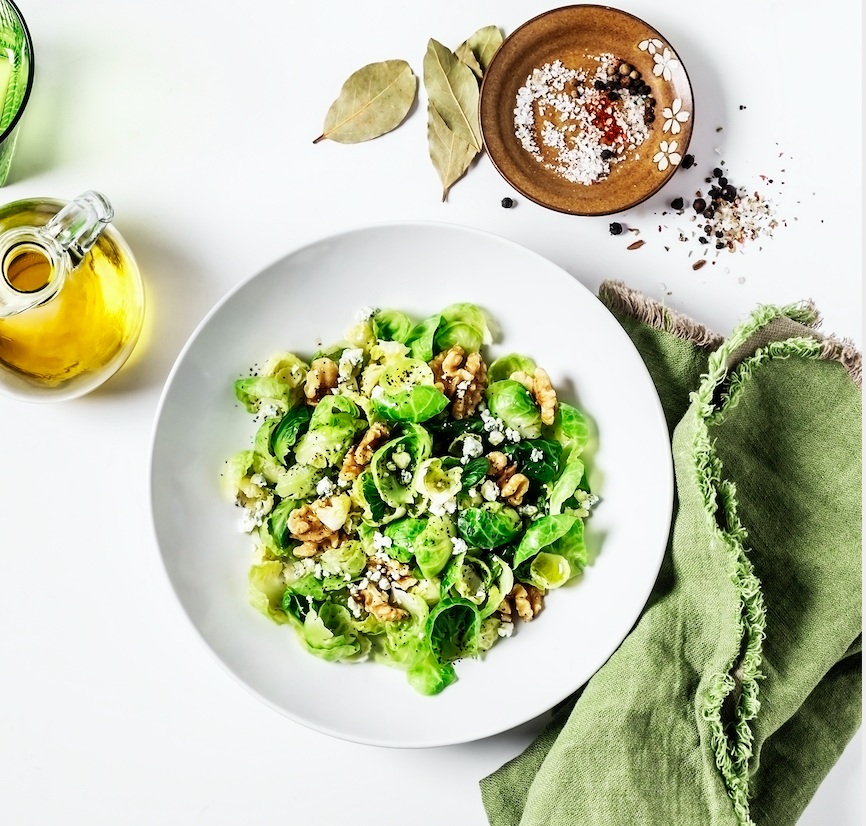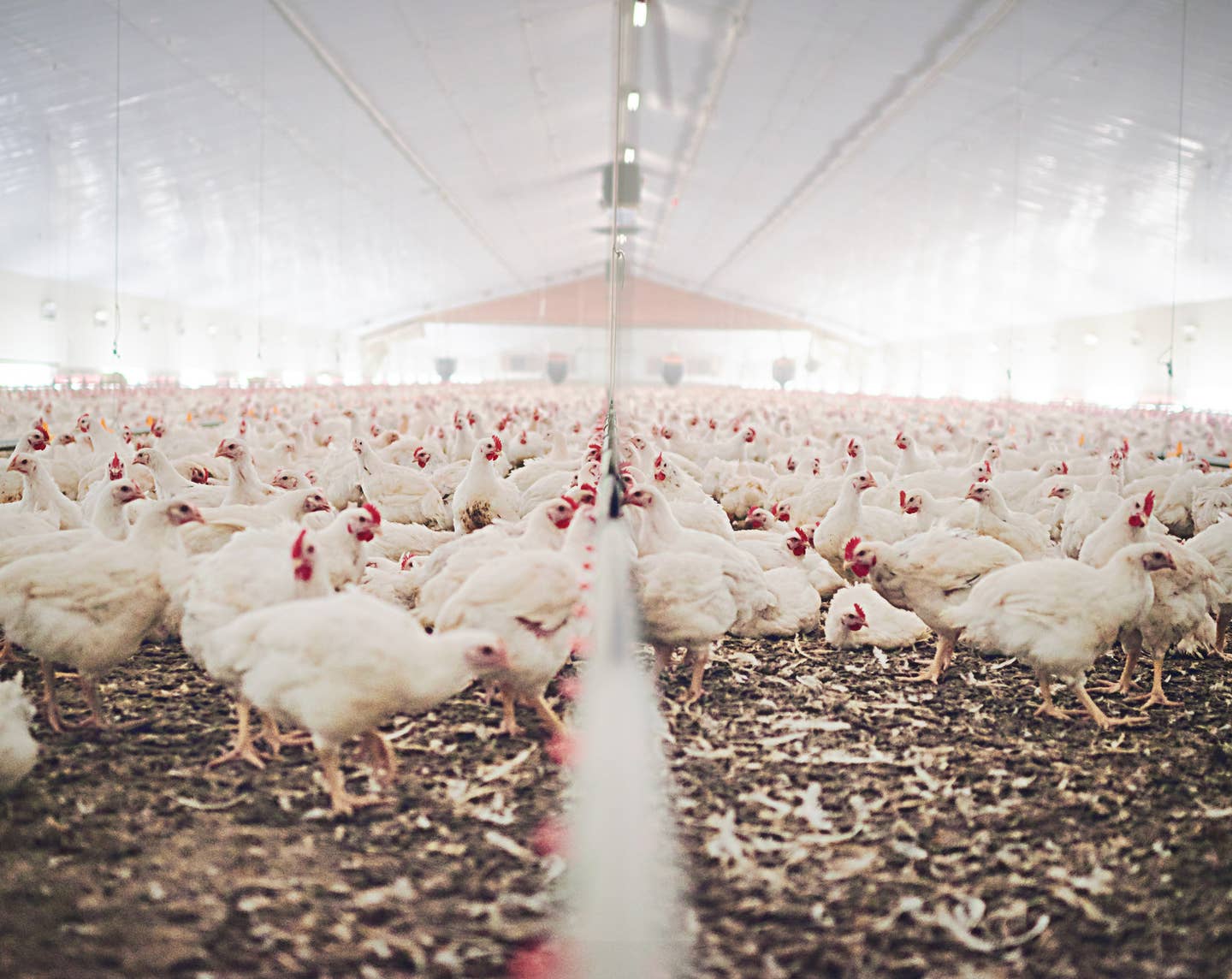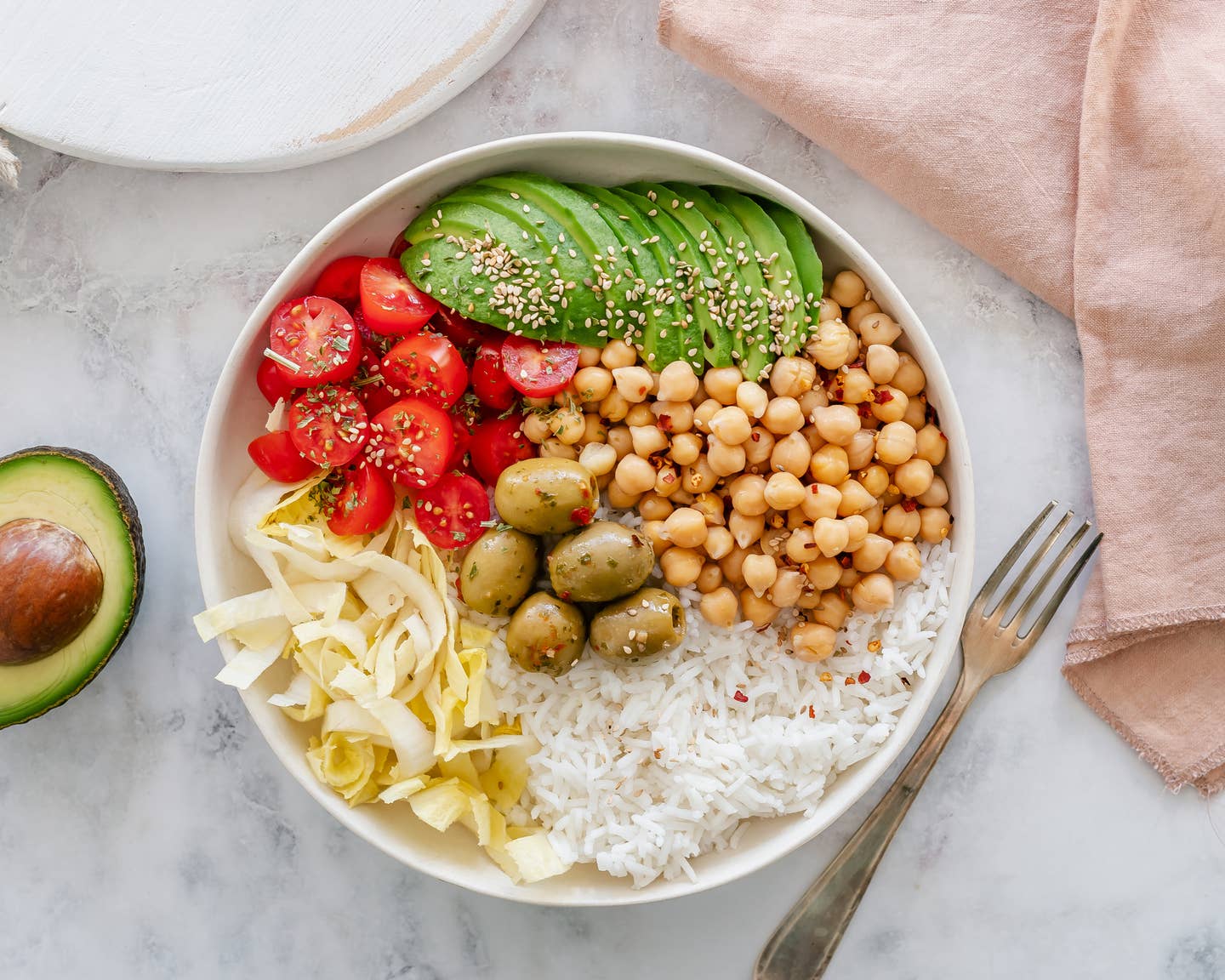
The 6 Healthiest Foods to Eat, for You and the Planet
Climate change is here. We already know that what we eat has environmental costs, making many of us want to eat healthy not only for ourselves but for the sake of the planet. The good news is that there are all kinds of ways to reduce your greenhouse gas footprint, including buying less to reduce waste, supporting local growers, and eating more plant-based meals.
But what we don’t already know is that not all plants are equally virtuous, in terms of health or environmental impact. For example, seeds tend to be much better for both than nuts. For more on how to eat for your health and to be more eco-friendly. See these five steps to eating ecologically and saving your health, the planet’s future and yes, even your wallet.
1. Be Picky About Your Plants and Drinks
It should be as simple as eating more plants, help the planet, right? Actually, it’s more complicated than that. Some, such as palm oil, are grown and harvested in ways that destroy rainforests, displace native communities, and harm wildlife. Meanwhile, palm is high in saturated fat and not heart-healthy, so it’s not great for us either. Why not avoid it and choose healthier fats like avocado or soybean oil for cooking.
Not to strip your morning buzz completely but Almond groves take an incredible amount of water to maintain, and replacing almond milk with oat or pea milk may be a better way to go. Speaking of morning drinks, tea is better for the planet than coffee. And if you’re in North America, make sure to give yaupon tea a try: It’s our only indigenous caffeine source, and there are a number of small-scale producers you can support while getting your day started.
But, if you’re a die-hard joe lover then look for the Rainforest Alliance certification stamp -- a cute green leaping frog -- which will let you know that this product has been vetted and approved by the Rainforest Alliance. Nescafe has it and Nespresso and a few others. The RFA says their “certification seal indicates that a farm, forest, or tourism enterprise has been audited to meet standards that require environmental, social, and economic sustainability.”
Here is what it looks like:
2. Choose Seeds Over Tree Nuts for Protein
Whenever possible, when you’re looking for a protein hit, choose seeds (like flax or hemp) over nuts, since they use a fraction of the water resources that nuts need to grow, which makes sense when you realize that nuts grow on trees and require all of the resources it takes to grow a tree, rather than a smaller seed-producing plant. Curious how to tell the difference? Nuts contain both the fruit and the seed of the plant in one place, while seeds contain just the plant’s genetic material. This can be confusing because cashews are technically seeds but take a ton of water to produce. The best rule of thumb is to remember that if it grows on trees, to let it be.
For a chart of the best and worst nuts to choose for the planet, see this amazing graphic. Meanwhile, here is the quick low-down: Pistachios are the worst offender when it comes to water needed to grow (1,092 gallons of water for 1 pound), then almonds (902 gallons per pound) and then walnuts (527 gallons per pound). Seeds, in contrast, are frugal water consumers: Pumpkins are 12 gallons of water per pound, watermelon seeds use 14 gallons per pound and sunflowers need 46 gallons per pound. In terms of health, flax seeds and hemp seeds are healthiest for you: One ounce of flax seeds provides 5.2 grams of protein and 7.8 grams of fiber in one ounce and is water efficient. Hemp seeds deliver 8.8 grams of protein and 1.1 grams of fiber per ounce and require only natural rainfall water to grow.
For a fun calculator -- or a depressing one -- depending on how you see it, please check out the Water Calculator here to see how your food choices (and even your pet’s) affect your water footprint. Or perhaps we should call it your water displacement? https://www.watercalculator.org
3. Save Your Scraps & Eat the Peel!
Reducing overall food waste by using up scraps (like turning the leafy green carrot tops into a pesto or adding peels to your soup stock) will help you stretch your ingredients and your budget, all while helping the environment. Plus the peel of most plants and fruits has most of the fiber. Being mindful of what and how much you buy will help you stop over-purchasing, causing food to go bad before you can eat it. And buying a variety of fruits and vegetables is not only a good nutritional choice, it will also offer a range of flavors and textures to keep you from getting bored and going back to the big box store stuff.
With movements like Meatless Mondays, Slow Food, community-supported agriculture, and buy local campaigns becoming widespread, finding plant-based alternatives is easier than ever, and resources like farmers’ market directories make it easy to connect with local growers in your area. Make sure to check out your nearest library too, which may have everything from business directories to gardening resources and even seedbanks to help you get started in purchasing, growing, and eating (the best part!) local food to live eco-friendly for the health of yourself and the planet.
4. Buy Local local local, or Grow Your Own!
So what’s your best option when trying to choose your veggies, legumes or fruits? Look local to the producers already in your area -- to cut down on transportation and boost the fresh nutrients available to your body. Nutrients starts to break down in the days after harvesting, so the more local (and recently harvested) your food is, the better it is for you!
Even buying now when the harvest is bountiful and freezing whole fruits and veggies to thaw later is a good plan. Freeze whole tomatoes, whole zucchinis, and even hearty winter squashes to thaw and bake later. You can chop up veggies, throw them in a freezer-safe container, and freeze them for when the winter weather sets in and you hanker for fresh veggies to throw into a soup or stir fry. Their nutrients get locked in now and unlocked later.
Even more amazing for you and your environment is to grow your own veggies. If it’s possible to find a local garden, grab a patch and make it work! Or if you’re lucky enough to have a backyard, getting started on a vegetable garden isn’t as hard as it sounds (enlist a friend to help you rototill the dirt and put down wooden frames for your vegetable beds). Once you get going, the benefits are twofold: You know just exactly what chemicals are or are not getting into your food (you control this by your choice of organic fertilizer, which smells like natural compost rather than lab-made pellets, natural insecticides like neem oil, and water) and of course you’re eating the freshest picks anyone can find. Cooking veggies from your garden (or even your windowsill or fire escape for city dwellers) is also highly satisfying, tastes better than anything store-bought, and you’ll impress your dinner guests. For how to start, check how to do that here.
Locally produced fruits and vegetables mean that fewer fossil fuels are being used to transport these foods long distances. As an added bonus, you’re keeping your money in your local economy and supporting small businesses in the process. Including paying yourself!
5. Good for you and the planet tip: Rethink your Starches
You may be of the belief that rice since it’s a staple of every major economy from China to Mexico, would be an economical crop to grow but where water is concerned, it actually takes more than pasta per pound. Rice requires 299 gallons of water per pound -- and pasta uses 222 of water per pound. Try to choose whole wheat pasta or that made from chickpeas, lentils, black bean or spaghetti squash or other fibrous veggies like cauliflower. Or learn to make your own. We love Jenni Field’s recipe for cauliflower lasagna that’s health, keto-friendly and delicious.
6. Love your legumes, aka beans.
We know that beans are great food. Turns out they are equally great for the planet. Lentils are not only nutritious and inexpensive but also good for your body as well. Known as “pulses” peas, beans and lentils are cheaper to grow and offer essential nutrients such as zinc, iron, magnesium, and folate. Studies show that populations that eat the most lentils have the lowest rates of some cancers, including breast, prostate and colorectal.
Lentils grow easily and quickly, so you can raise your own for maximum nutrition and minimal cost. Soak a bag of store-bought lentils in water overnight and then place them in a jar more than half-filled with water and watch them sprout. According to one article in Cultures for Health, lentils are easier to digest once they’re sprouted. Or you can grow your own crop in your windowsill. They’re high fiber and lasting energy make them a great crop for you and the entire eco-system.
Peanuts are a legume as well, and take much less water to grow than many other foods we eat as nuts (like cashews). This means you can use them in place of nuts (have you ever tried homemade peanut milk?) as well as in other places you would use legumes, like in stir-fries or on top of a salad. Like lentils, peanuts are easy to grow too, and the plants have beautiful, delicate leaves, making them a conversation starter in the garden.
Ultimately what’s good for you is good for the planet, and vice versa. There’s nothing better than eating plants, keeping your body and our home planet feeling clean, healthy and hopefully able to last for the long haul.
More From The Beet






